Applied Mathematics
Vol.4 No.2(2013), Article ID:28206,5 pages DOI:10.4236/am.2013.42051
Limit of the Solution of a PDE in the Degenerate Case*
Département de Mathématiques, Université de Ziguinchor, Ziguinchor, Senegal
Email: asana@ucad.sn
Received May 21, 2012; revised January 10, 2013; accepted January 17, 2013
Keywords: Homogenization; Large Deviations Principle; Stochastic Differential Equations
ABSTRACT
In this paper we show that we can have the same conclusion for the limit of the solution 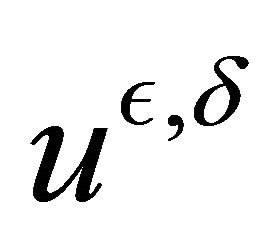 if we suppose the case of hypoellipticity.
if we suppose the case of hypoellipticity.
1. Introduction
Let us consider the parabolic PDE:
 (1)
(1)
We study in this paper the behavior of 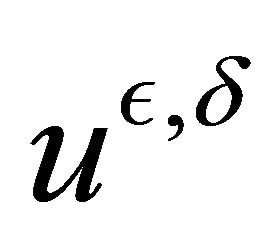 when
when
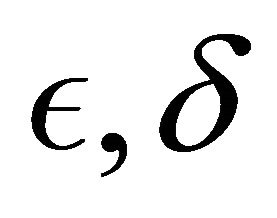 tend to zero, and
tend to zero, and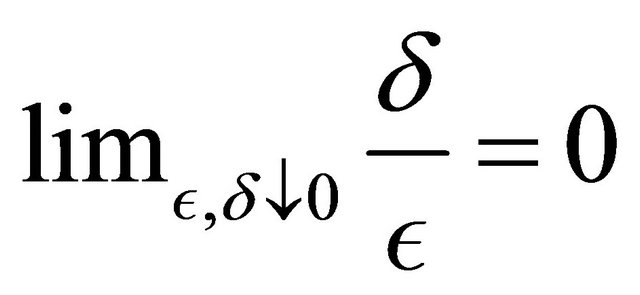 . We suppose that the matrix of the second order coefficients of
. We suppose that the matrix of the second order coefficients of  is degenerate, in fact we formulate here a hypoellipticity condition of Hörmander type (see e.g. David Nualart [1]). Diédhiou and Manga in [2] studied the limit of
is degenerate, in fact we formulate here a hypoellipticity condition of Hörmander type (see e.g. David Nualart [1]). Diédhiou and Manga in [2] studied the limit of 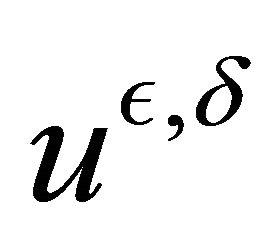 with a nondegenerate condition of the matrix. In Freidlin & Sowers[3], three cases are considered, with the assumption that the matrix is non, but we formulate here a hypoellipticity condition of. Since the parameter
with a nondegenerate condition of the matrix. In Freidlin & Sowers[3], three cases are considered, with the assumption that the matrix is non, but we formulate here a hypoellipticity condition of. Since the parameter ![]() (homogeneization parameter) decreases quickly than
(homogeneization parameter) decreases quickly than  (large deviations principle parameter) to zero we must homogenize first and apply the large deviations principle.
(large deviations principle parameter) to zero we must homogenize first and apply the large deviations principle.
We use essentially probabilistic tools to solve our problem.
Let  a probability filtered space. We consider the
a probability filtered space. We consider the 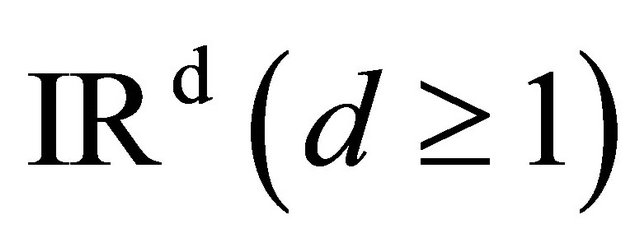 valued process
valued process  solution of the SDE:
solution of the SDE:
 (2)
(2)
where  and
and
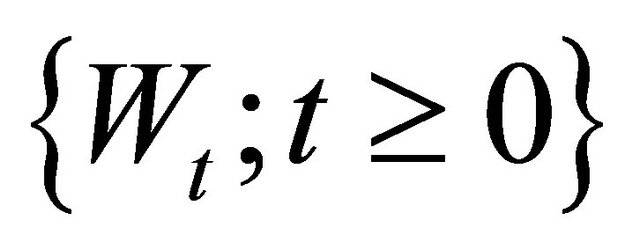 is a d-dimensional standard Brownian motion.
is a d-dimensional standard Brownian motion.
We assume that ![]() and
and 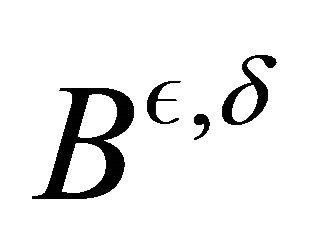 are smooth mappings from
are smooth mappings from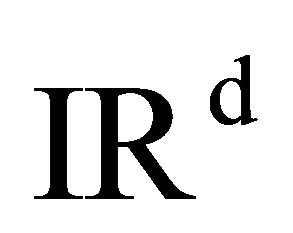 , and periodic with period one in each direction.
, and periodic with period one in each direction.
The mapping 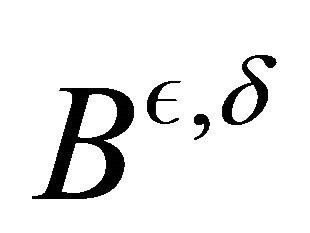 is assumed to be of the form :
is assumed to be of the form :

where 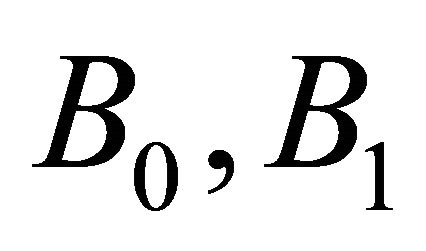 and
and 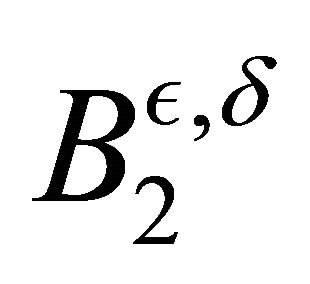 are in
are in  for every
for every  and
and

where  be the collection of periodic continuous mappings from
be the collection of periodic continuous mappings from 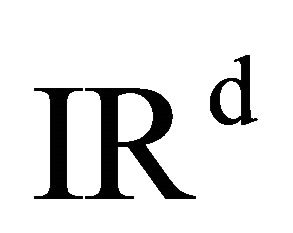 into
into .
.
The infinitesimal generator 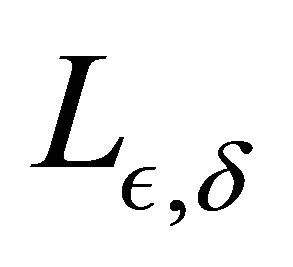 is gigen by
is gigen by

and where  is a bounded function and we set
is a bounded function and we set

Let set

since ![]() is continuous we have
is continuous we have 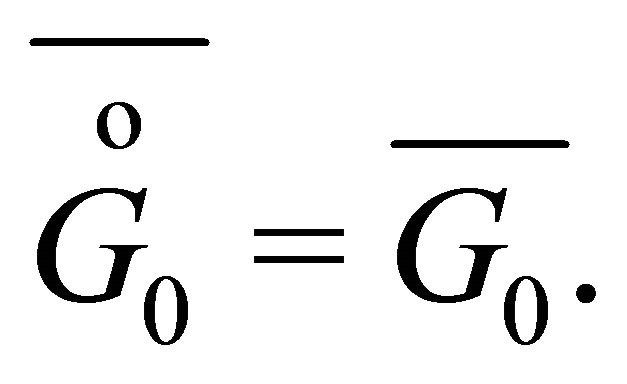
We assume that 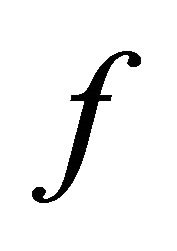 is periodic in each direction, with respect to the first argument, and it verifies:
is periodic in each direction, with respect to the first argument, and it verifies:
• 
• There exists  bounded such that
bounded such that

with

and we assume that

Let us consider the progressive measurable process  solution of the BSDE:
solution of the BSDE:

By Pardoux and Peng [4], we have for all
 ,
,

The matrix 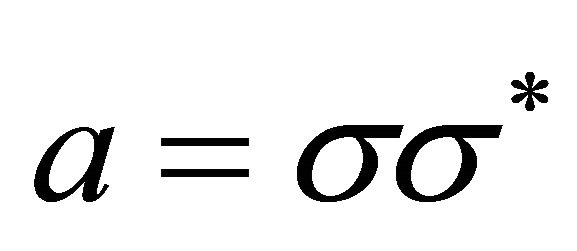 (where
(where  is the symbol of transposition) is degenerate. Let us consider the Definition 1.1 The Lie bracket between the vector fields
is the symbol of transposition) is degenerate. Let us consider the Definition 1.1 The Lie bracket between the vector fields  and
and 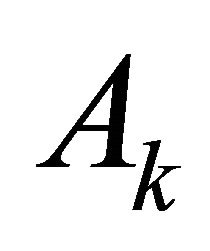 is defined by
is defined by

where 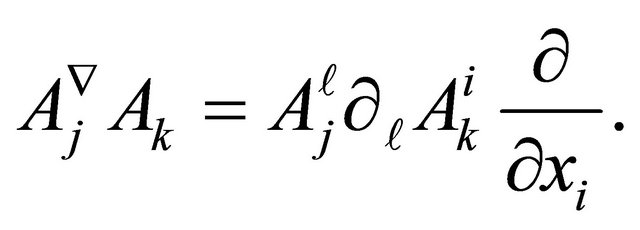
We assume that the matrix ![]() of the column vectors
of the column vectors 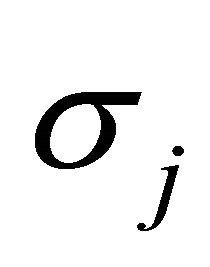 verifies the strong Hörmander condition, defined by the Definition 1.2 Let
verifies the strong Hörmander condition, defined by the Definition 1.2 Let  be the set of Lie brackets of
be the set of Lie brackets of  of order lower than
of order lower than ![]() at the point
at the point
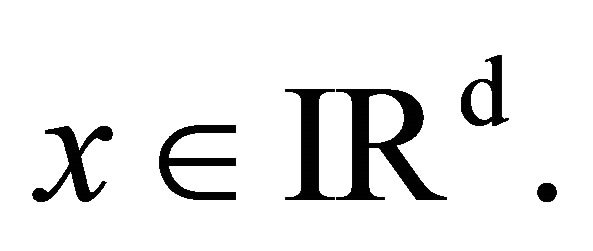
We say that the matrix ![]() satisfies the strong Hörmander condition (called SHC) if for all
satisfies the strong Hörmander condition (called SHC) if for all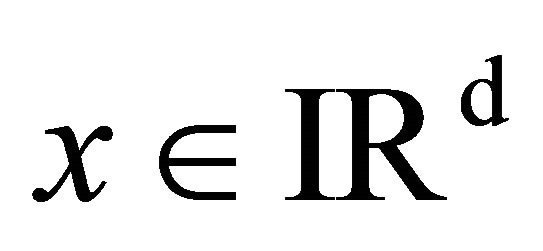 , there exists
, there exists 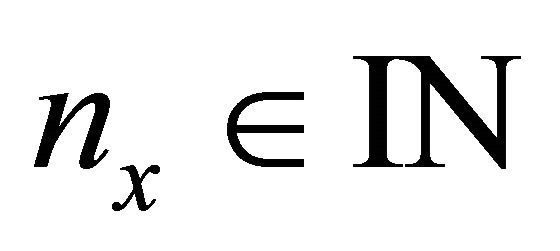 such that
such that  generates
generates 
We organize this paper as follows. Section 2 contains the results of large deviations principle. In Section 3 we study the behavior of the solution of the PDE (1).
2. Large Deviations Principle
Since, 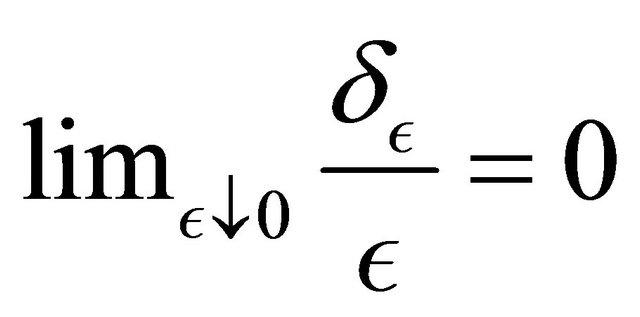 (when we set
(when we set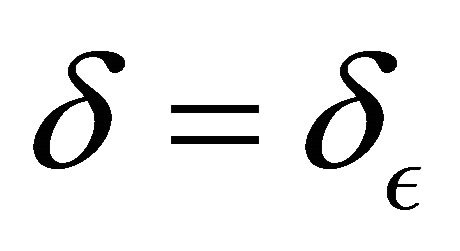 ) we have a problem of homogenization because the matrix
) we have a problem of homogenization because the matrix
 is not elliptic.
is not elliptic.
Since  tends to zero faster than
tends to zero faster than , the homogenization dominates, and the large deviations principle will be applied to the problem with constant coefficients.
, the homogenization dominates, and the large deviations principle will be applied to the problem with constant coefficients.
For the homogeneization in the hypoellipticy case, we use the results of Diédhiou and Pardoux [5] and Pardoux [4,6,7].
Setting: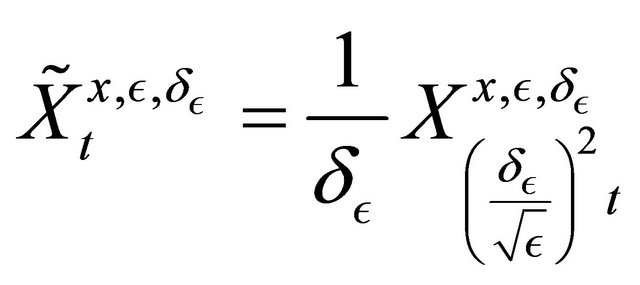 , we have
, we have

where 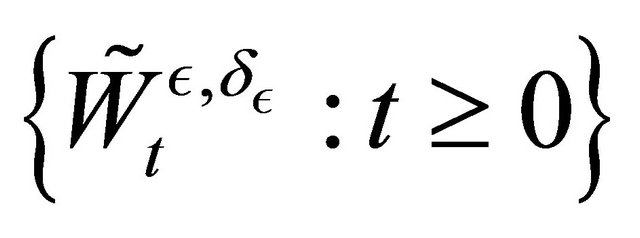 is a standard Brownian motion.
is a standard Brownian motion.
The 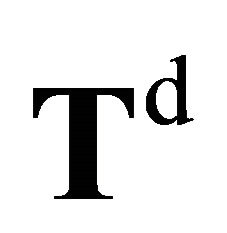 -valued process
-valued process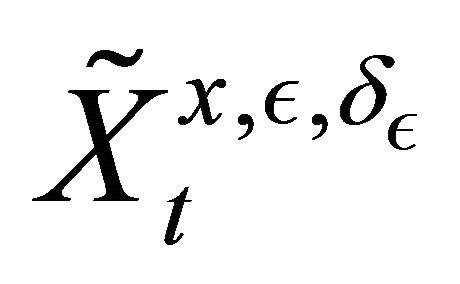 , is a Feller process, then has a unique invariant measure
, is a Feller process, then has a unique invariant measure , and we have
, and we have  when
when  see [5].
see [5].
We assume that
 (3)
(3)
and the homogenized coefficients see [3] are

Let us define, for each  and
and 

We have

The details of the calculation of this limit are the same as in Freidlin and Sowers [3].
In order to establish a large deviations principle, we will consider the Theorem 2.1 ([8]) Fix 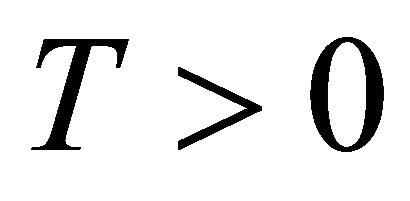 and
and 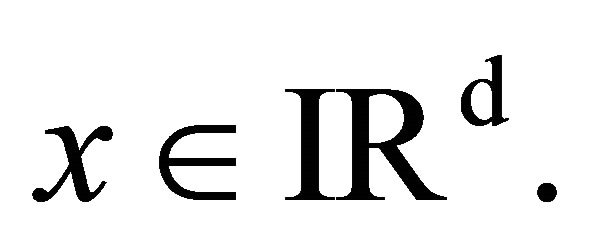 Assume that 1) For each
Assume that 1) For each  is well-defined in
is well-defined in .
.
2) The origin is in the interior of the set
 .
.
3) The set  has a nonempty interior
has a nonempty interior ![]()
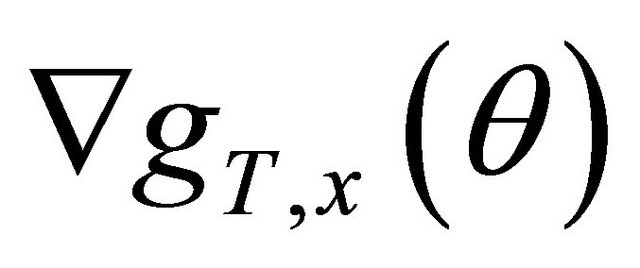 is well-defined for all
is well-defined for all
![]() and
and

Then the random variables 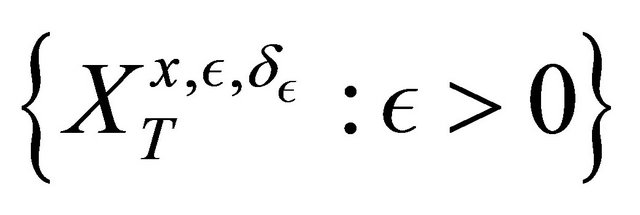 satisfy a large deviations principle with rate function
satisfy a large deviations principle with rate function 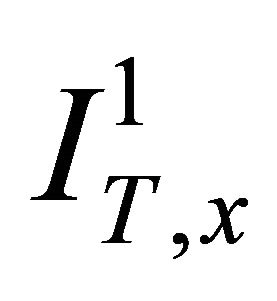 defined by
defined by

The limit 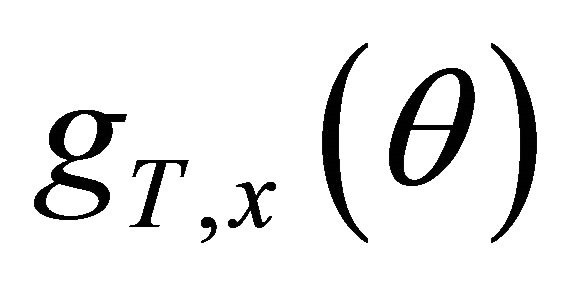 satisfies the conditions 1) and 2). For the condition 3) we may assume more that the matrix
satisfies the conditions 1) and 2). For the condition 3) we may assume more that the matrix 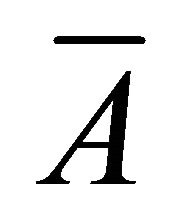 is strictly positive-definite. In fact it is not a strong assumption, for Example 2.2 If we choose
is strictly positive-definite. In fact it is not a strong assumption, for Example 2.2 If we choose  and
and
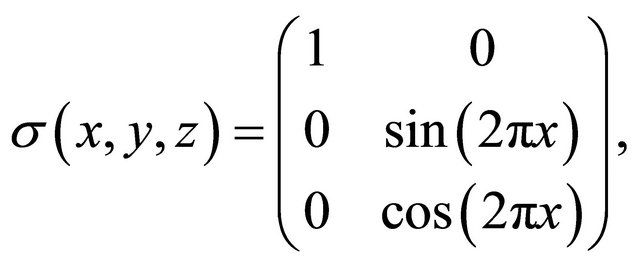
this matrix satisfies the Hörmander condition, and

The invariant measure  has the density
has the density
 .
.
Then we have
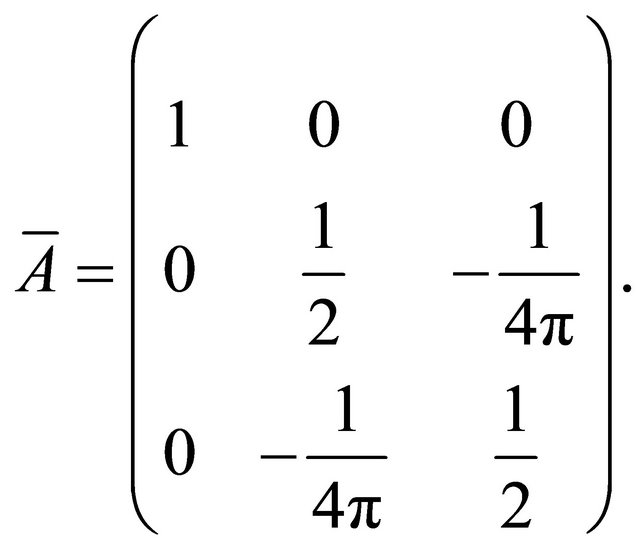
Let us consider

by the assumption on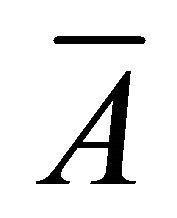 , we get
, we get

Thus the form of 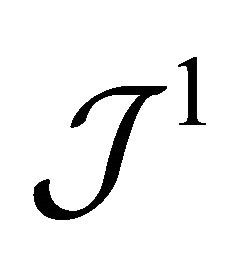 and the assumption on
and the assumption on 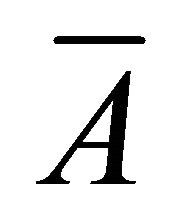 imply that 3) is true.
imply that 3) is true. 
We have the Theorem 2.3 (Freidlin and Sowers [3]) Fix 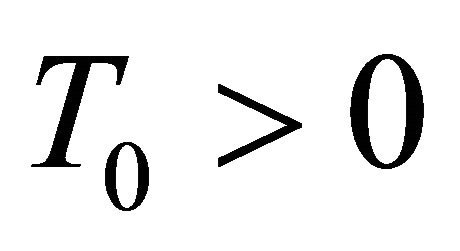 and assume that the assumption (3) is true. For every
and assume that the assumption (3) is true. For every 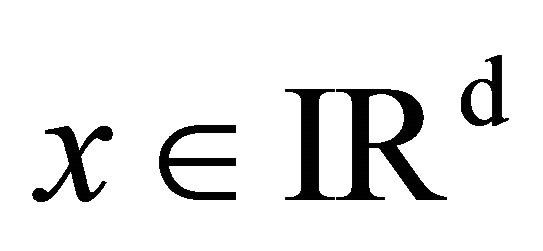 and
and  the family
the family  of
of 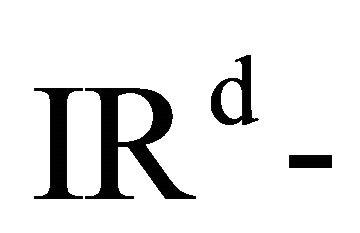 valued random variables satisfies a large deviations principle (LDP) with rate function
valued random variables satisfies a large deviations principle (LDP) with rate function

Furthermore, this LDP is uniform for all 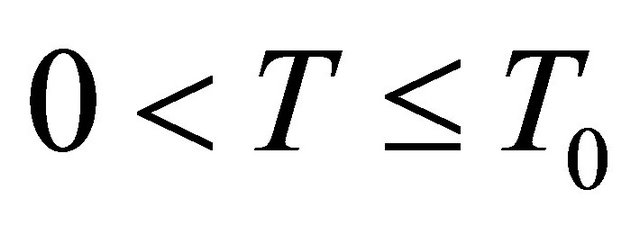 and
and 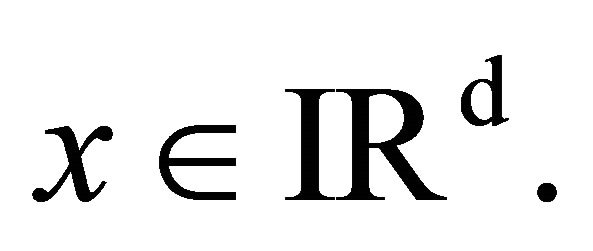
Proof: See Freidlin and Sowers [3]. 
Let us consider some definitions:

Since the function 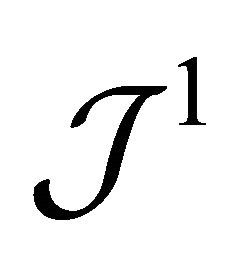 is convex we can show that
is convex we can show that

So we have the Theorem 2.4 For all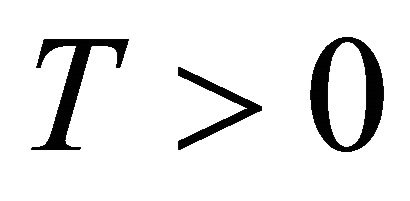 , we assume that the assumption (3) holds. The family
, we assume that the assumption (3) holds. The family
 of
of  -valued random variables satisfies a Large Deviations Principle (LDP) with rate function
-valued random variables satisfies a Large Deviations Principle (LDP) with rate function 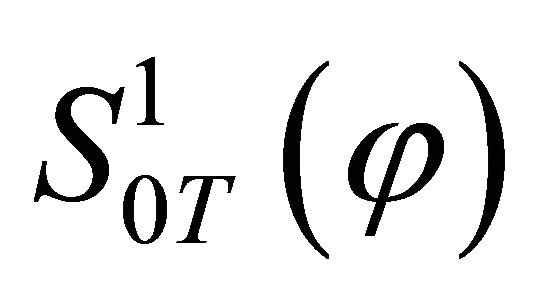 for all
for all 
Proof: See Freidlin and Sowers [3].
3. Asymptotic Behavior of 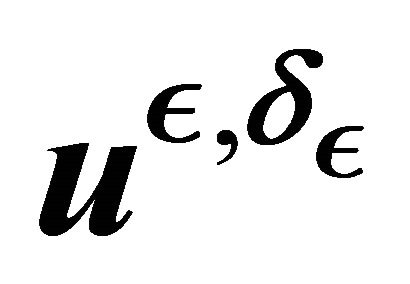
We want to apply the technics used by [6], so we consider now the BSDE:

We know that for all , the solution
, the solution 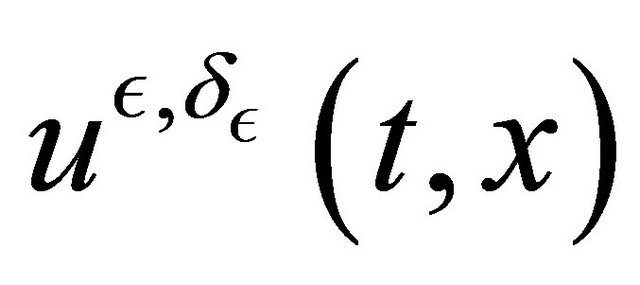 of the PDE is of the form:
of the PDE is of the form:

and by the Feynman-Kac formula, we have

Our aim is to study the behavior of the 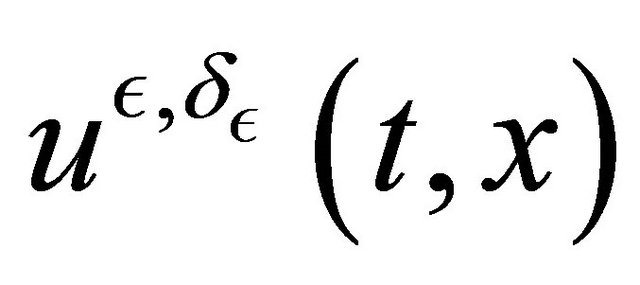 when
when  tends to zero.
tends to zero.
• Remark 3.1
• If , then
, then •
• 
• In the other cases, if

where ![]() is Lipschitz continuous, then
is Lipschitz continuous, then

uniformly in any compact set of 
We give the Definition 3.2 A functional 
is a stopping time if for all  and all
and all
 for all
for all 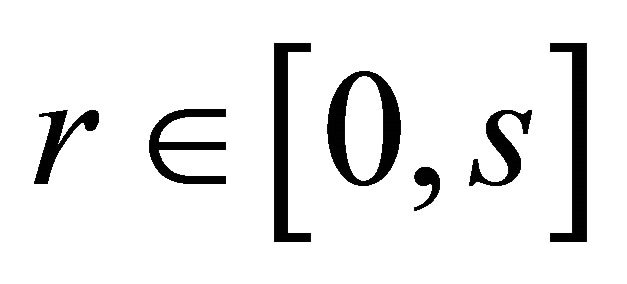 and
and 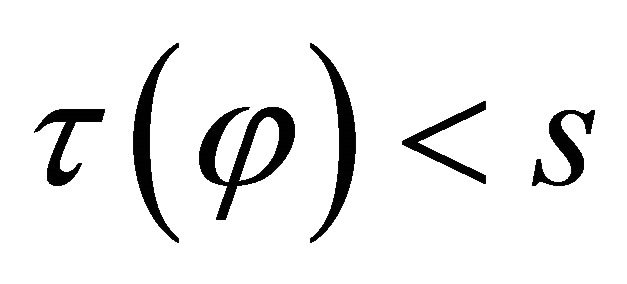 imply
imply

Let us set 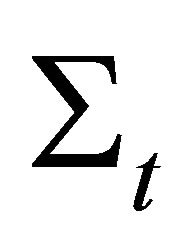 the set of stopping times and
the set of stopping times and 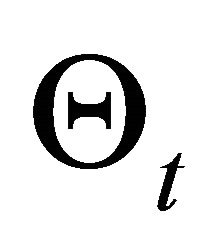 the set of elements
the set of elements ![]() of
of  such that there exists
such that there exists  such that for all
such that for all

with the convention 
![]() is hence a well defined element of
is hence a well defined element of 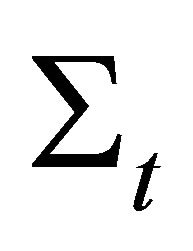 and
and  is the open set associated.
is the open set associated.

is an element of ![]() (resp.
(resp. ) if and only if, for all
) if and only if, for all  (resp.
(resp.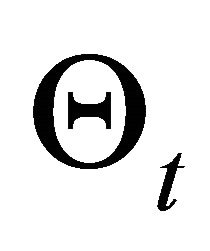 ) where
) where

Let us consider the function 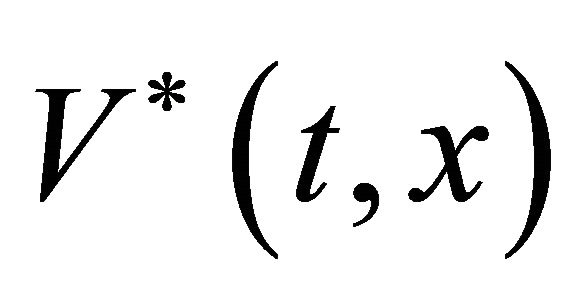 defined in
defined in 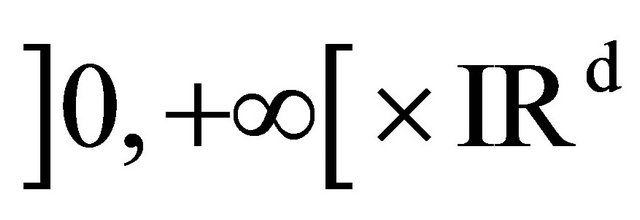 by,
by,

where

Let  and
and ![]() be a partition of
be a partition of ,
,

We have

then we deduce that 
We have the Theorem 3.3 For  we have 1)
we have 1)

2)

uniformly in any compact set  of
of![]() .
.
3)

in all compact set 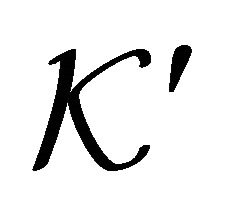 of
of .
.
Proof: For first item, the proof is the same as in [2].
For the second point we can see that there exists 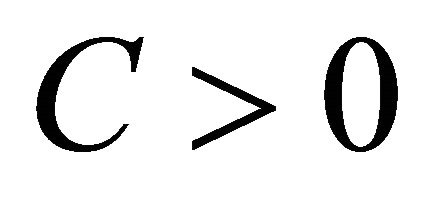 such that
such that

The third item is an immediate consequence of 1).
REFERENCES
- D. Nualart, “The Malliavin Calculus and Related Topics. Probability and Its Applications,” Springer-Verlag, New York, 1995.
- A. Diédhiou and C. Manga, “Application of Homogeneization and Large Deviations to a Parabolic Semilinear Equation,” Journal of Mathematical Analysis and Applications, Vol. 342, No. 1, 2008, pp. 146-160.
- M. I. Freidlin and R. B. Sowers, “A Comparison of Homogenization and Large Deviations, with Applications to Wavefront Propagation,” Stochastic Processes and Their Applications, Vol. 82, No. 1, 1999, pp. 23-32. doi:10.1016/S0304-4149(99)00003-4
- É. Pardoux and S. Peng, “Backward Stochastic Differential Equations and Quasi-Linear Parabolic Differential Equations,” In: B. L. Rozovskii and R. B. Sowers, Eds., Stochastic Partial Differential Equations and Their Applications, Lecture Notes in Control and Information Sciences, Vol. 176, 1992, pp. 200-217. doi:10.1007/BFb0007334
- A. Diédhiou and É. Pardoux, “Homogenization of Periodic Semilinear Hypoelliptic PDES,” Annales de la faculté des sciences de Toulouse Mathématiques, Vol. 16, No. 2, 2007, pp. 253-283.
- É. Pardoux, “Homogenization of Linear and Semilinear Second Order Parabolic PDEs with Periodic Coefficients: A Probabilistic Approch,” Journal of Functional Analysis, Vol. 167, No. 2, 1999, pp. 498-520. doi:10.1006/jfan.1999.3441
- É. Pardoux, “BSDEs, Weak Convergence and Homogenization of Semilinear PDEs,” In: F. H. Clarke and R. J. Stern, Eds., Nonlinear Analysis, Differential Equations and Control, Springer, Berlin, 1999, pp. 503-549.
- A. Dembo and O. Zeitouni, “Large Deviations Techniques and Applications,” Jones and Bartlett, Boston, 2010.
NOTES
*This work was supported, in part, by grants from FIRST (Fonds d’Impulsion pour la Recherche Scientique et Technique).

